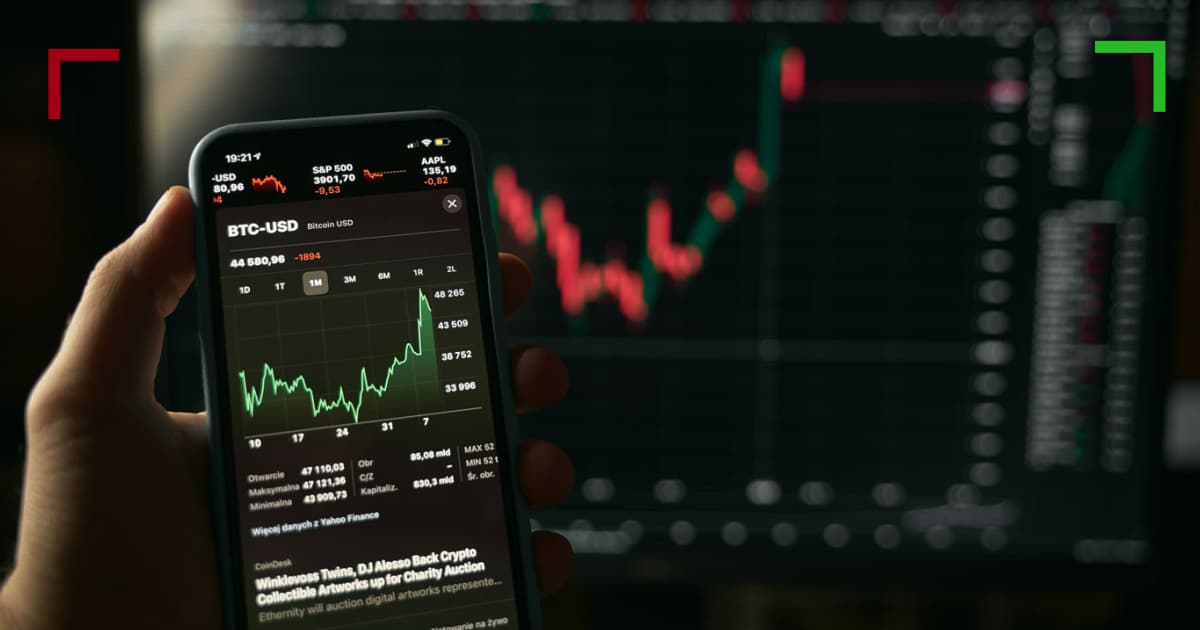
Mastering Crypto Trading High-Frequency: Strategies for Success
Cryptocurrency trading has evolved immensely since the advent of Bitcoin in 2009, with high-frequency trading (HFT) emerging as a dominant force in the market. This article explores the intricacies of Crypto Trading High-Frequency click here high-frequency trading in the crypto sector, outlining strategies, risks, and potential rewards for traders looking to optimize their approach.
Understanding High-Frequency Trading
High-frequency trading is a trading strategy that involves executing a large number of orders at extremely high speeds. Traders utilize sophisticated algorithms to analyze market conditions and execute trades within fractions of a second. The core advantage of HFT lies in its ability to capitalize on minute price fluctuations, thereby generating profit from tiny market movements. This strategy has gained traction in the cryptocurrency markets, where volatility can be both a risk and an opportunity.
The Mechanics of HFT in Crypto
The cryptocurrency market operates 24/7, presenting unique challenges and opportunities for high-frequency traders. Here’s how HFT typically works in this context:
- Market Analysis: HFT uses algorithms that analyze multiple data points in real-time, including trading volume, order book depth, and market sentiment.
- Execution Speed: The success of HFT depends on speed. Traders rely on proximity hosting solutions and high-speed internet connections to minimize latency.
- Arbitrage Opportunities: HFT traders often look for price discrepancies across different exchanges to execute arbitrage trades, buying low on one exchange while selling high on another.
Tools and Technologies for HFT
To successfully engage in high-frequency trading, traders require advanced tools and technology:
- Algorithmic Trading Software: Custom algorithms designed for specific trading strategies can help automate decision-making.
- Co-location Services: Using co-location services allows traders to host their trading systems near the exchange servers, reducing latency.
- Real-Time Data Feeds: Access to real-time market data is crucial for making informed trading decisions.
Strategies for Successful HFT in Crypto
Successful high-frequency trading requires careful planning and execution. Here are some effective strategies:

1. Liquidity Provisioning
By placing both buy and sell orders, liquidity providers can capture the bid-ask spread. This strategy capitalizes on the trading volume generated during market fluctuations.
2. Trend Following
HFT traders can leverage algorithms to detect trends and execute trades that align with those trends. This requires a robust analysis of historical and real-time data.
3. Market Making
Market makers provide liquidity by consistently placing orders on both sides of the order book. This strategy can lead to profit from the price spread and helps keep the market stable.
Risks and Challenges Associated with HFT
While the potential for profit in high-frequency trading is substantial, it isn’t without risks. Some common challenges include:
- Market Volatility: Sudden market fluctuations can lead to significant losses if algorithms are not designed to manage risk effectively.
- Technical Failures: System outages or failures can result in missed trading opportunities or erroneous trades.
- Regulatory Risks: As the cryptocurrency market evolves, regulations may impose restrictions on high-frequency trading practices.
Conclusion
High-frequency trading in the cryptocurrency market is a complex but potentially lucrative strategy that requires a thorough understanding of market dynamics, advanced tools, and robust risk management techniques. As the industry continues to grow and evolve, traders who can leverage technology and adapt their strategies will likely find success in this fast-paced environment. Whether you’re an experienced trader or a newcomer, staying informed and continuously refining your approach is key to thriving in the world of crypto trading high-frequency.

